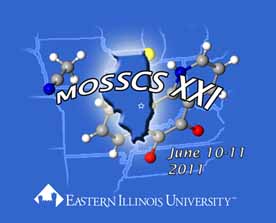 The 21st Midwest Organic Solid-State Chemistry Symposium (MOSSCS) was held this past June 10-11, 2011 at Eastern Illinois University in Charleston Illinois. The origins of this meeting date back to Professor David Curtin’s retirement (Univ. of Illinois) in 1998 that has since rotated among a cohort of universities in the Midwestern United States. MOSSCS meetings provide a mechanism for emerging research scientist (undergraduate and graduate students, and postdocs) working in solid-state chemistry with an opportunity to showcase their work and become aware of the activities of other research groups.
The 21st Midwest Organic Solid-State Chemistry Symposium (MOSSCS) was held this past June 10-11, 2011 at Eastern Illinois University in Charleston Illinois. The origins of this meeting date back to Professor David Curtin’s retirement (Univ. of Illinois) in 1998 that has since rotated among a cohort of universities in the Midwestern United States. MOSSCS meetings provide a mechanism for emerging research scientist (undergraduate and graduate students, and postdocs) working in solid-state chemistry with an opportunity to showcase their work and become aware of the activities of other research groups.
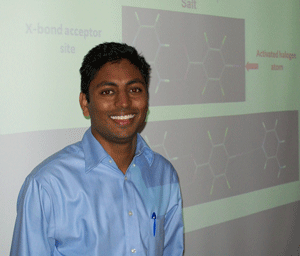
Prashant Chopade, CrystEngComm prize winner
While all topics related to organic solid state chemistry are welcomed, this year’s meeting consisted of 27 talks centered on crystal transformations, glass solids, polymorphism, energetic materials, pharmaceuticals, and molecular recognition. The keynote speakers, Lian Yu (Univ. of Wisconsin) and Joe Lauher (Stoney Brook Univ.), and each of the conference presenters, provided extensive insight and stimulating discussion of the current challenges and trends in solid-state materials. In addition to the interchange of inspiring science, each MOSSCS meeting highlights the best student presentation. This year’s award winner was Mr Prashant Chopade from Kansas State University.
Check out Prashant’s research in his recent paper published in ChemComm:
Facile synthesis and supramolecular chemistry of hydrogen bond/halogen bond-driven multi-tasking tectons
Christer B. Aakeröy, Prashant D. Chopade, Claudia Ganser and John Desper
Chem. Commun., 2011, 47, 4688-4690 DOI: 10.1039/C1CC10436E
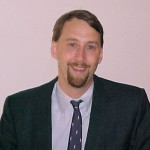 Report from Kraig Wheeler, Eastern Illinois University
Report from Kraig Wheeler, Eastern Illinois University
Were you at MOSSCS this year? Tell us about your experience by posting a comment below…..
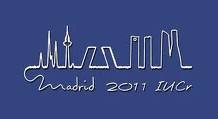 The triennial meetings of the International Union of Crystallography represent a highlight for crystallographers worldwide. This year , from the 22-30 August, the XXII International Congress and General Assembly of the IUCr will take place in beautiful Madrid, Spain. I will be there from 22-25 August on behalf of CrystEngComm – please do send me an email if you wish to arrange a meeting. The Chair of the CrystEngComm Editorial Board, Len MacGillivray and Associate Editor for the Americas, Christer Aakeroy will also be at this conference.
The triennial meetings of the International Union of Crystallography represent a highlight for crystallographers worldwide. This year , from the 22-30 August, the XXII International Congress and General Assembly of the IUCr will take place in beautiful Madrid, Spain. I will be there from 22-25 August on behalf of CrystEngComm – please do send me an email if you wish to arrange a meeting. The Chair of the CrystEngComm Editorial Board, Len MacGillivray and Associate Editor for the Americas, Christer Aakeroy will also be at this conference.











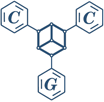
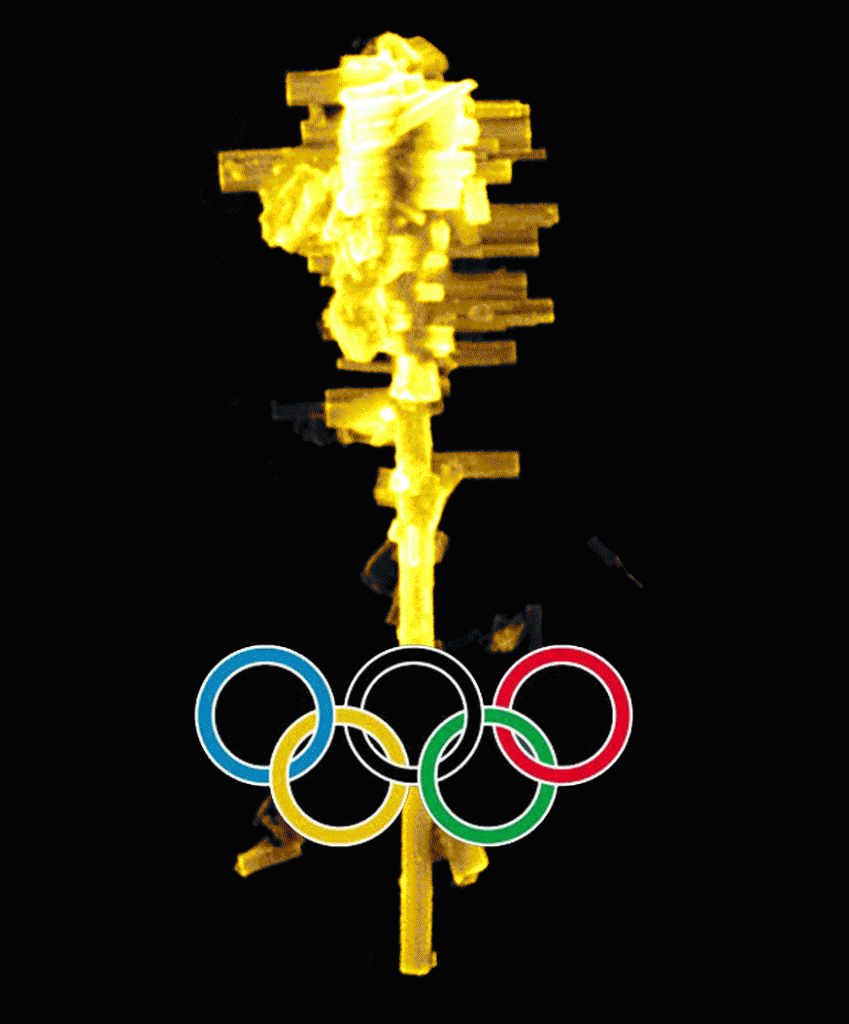
 James D. Wuest and co-workers from the University of Montréal, Canada, look at crystalline amino-substituted azines in this CrystEngComm Hot article.
James D. Wuest and co-workers from the University of Montréal, Canada, look at crystalline amino-substituted azines in this CrystEngComm Hot article.


 This CrystEngComm Hot article describes the fabrication of SnO2/α-Fe2O3 nanoheterostructures by a hydrothermal process.
This CrystEngComm Hot article describes the fabrication of SnO2/α-Fe2O3 nanoheterostructures by a hydrothermal process.
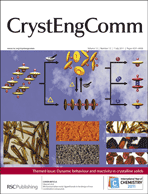 CrystEngComm‘s themed issue on
CrystEngComm‘s themed issue on  Lithium niobate (LN), a nonlinear optical material in its single crystal form, is well proven as a potential and unique material for its use in advanced photonic device applications like second-harmonic generation, optical switching, optical modulators, holographic data storage, acousto-optic and ferroelectric. The transition and rare earth metal ions (Fe, Mn, Cuand Ce) improve the data storage capabilities of LN by improving its photorefraction efficiency. However, when the concentration of dopants in the crystal increase, high geometric strains develop in the lattice resulting in the agglomeration of point defects, the formation of dislocations finally leading to structural boundaries. These defects mask or partially/completely deteriorate some of the anisotropic physical properties of the single crystals and reduce the efficiency of the devices made out of these crystals.
Lithium niobate (LN), a nonlinear optical material in its single crystal form, is well proven as a potential and unique material for its use in advanced photonic device applications like second-harmonic generation, optical switching, optical modulators, holographic data storage, acousto-optic and ferroelectric. The transition and rare earth metal ions (Fe, Mn, Cuand Ce) improve the data storage capabilities of LN by improving its photorefraction efficiency. However, when the concentration of dopants in the crystal increase, high geometric strains develop in the lattice resulting in the agglomeration of point defects, the formation of dislocations finally leading to structural boundaries. These defects mask or partially/completely deteriorate some of the anisotropic physical properties of the single crystals and reduce the efficiency of the devices made out of these crystals.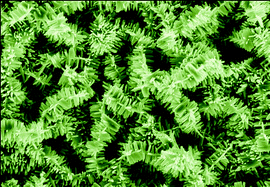 In this HOT article, ZnO nanorods were helped to “stand” vertically on microsubstrates by an interesting seed-mediated approach. Taking ZnO nanosheets as the microsubstrates, ZnO nanorods can grow vertically, not lying horizontally, on the facets with the aid of a seed layer precoating to form hierarchical ZnO nanorod-nanosheet architectures. The diameter as well as the length of the standing nanorods can be controlled effectively by adjusting the growth time and the amount of ammonia in the growth solution. The precoated seed layer has been found to be the key factor in determining the resultant morphology.
In this HOT article, ZnO nanorods were helped to “stand” vertically on microsubstrates by an interesting seed-mediated approach. Taking ZnO nanosheets as the microsubstrates, ZnO nanorods can grow vertically, not lying horizontally, on the facets with the aid of a seed layer precoating to form hierarchical ZnO nanorod-nanosheet architectures. The diameter as well as the length of the standing nanorods can be controlled effectively by adjusting the growth time and the amount of ammonia in the growth solution. The precoated seed layer has been found to be the key factor in determining the resultant morphology.